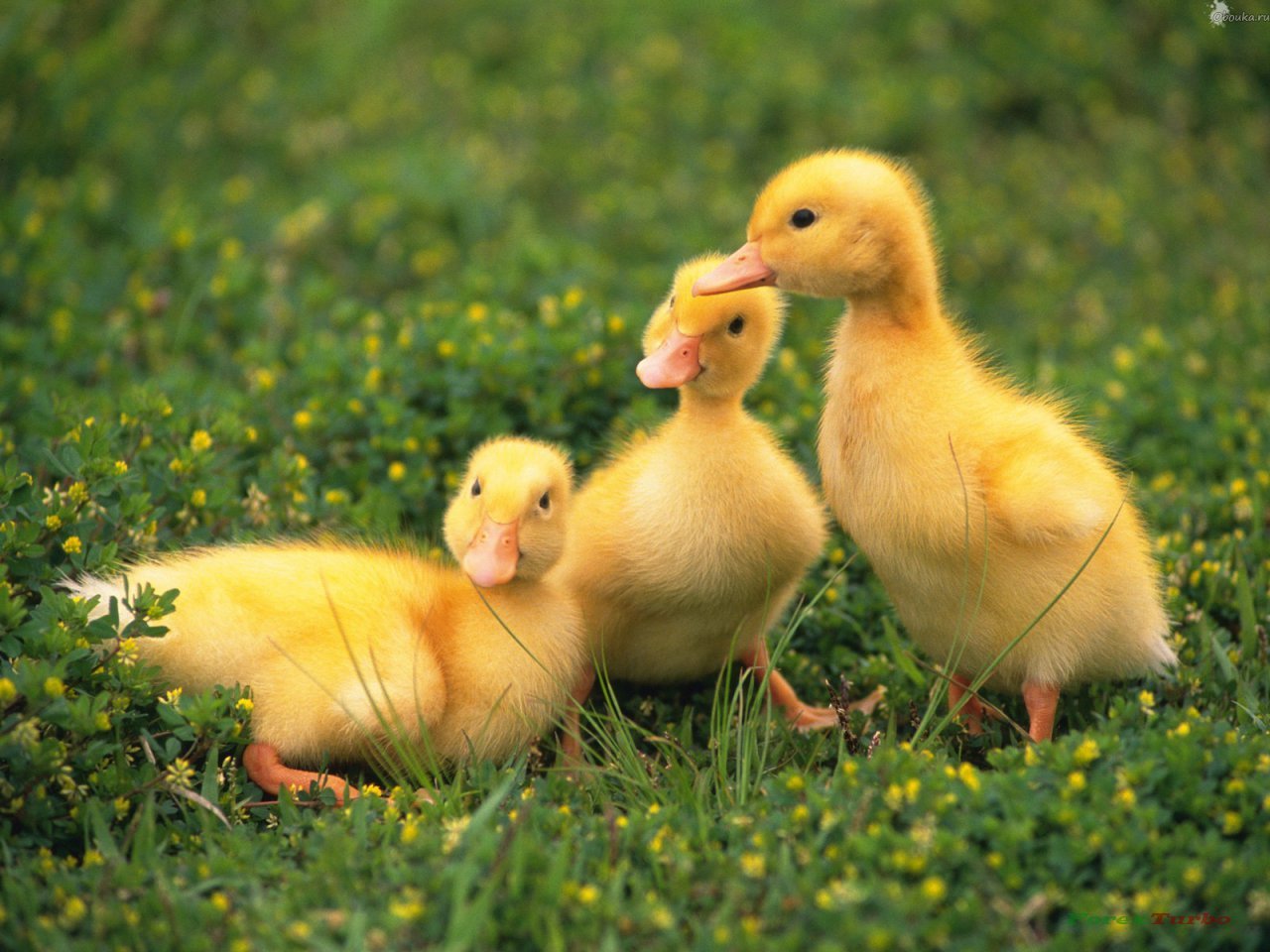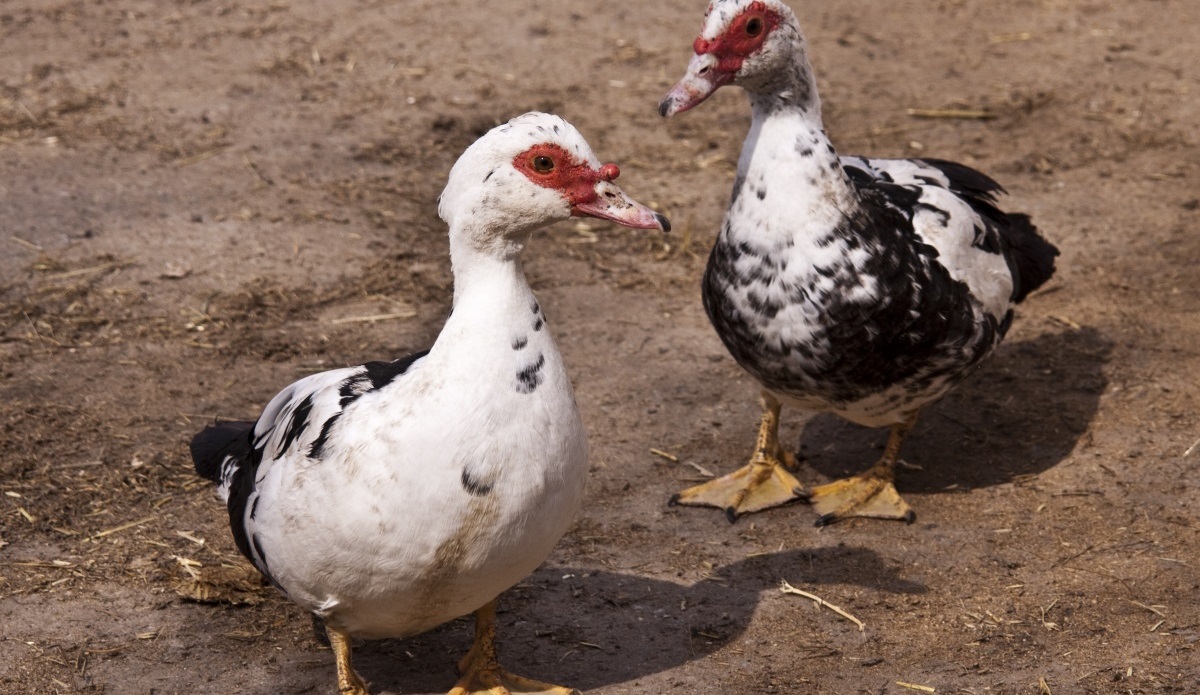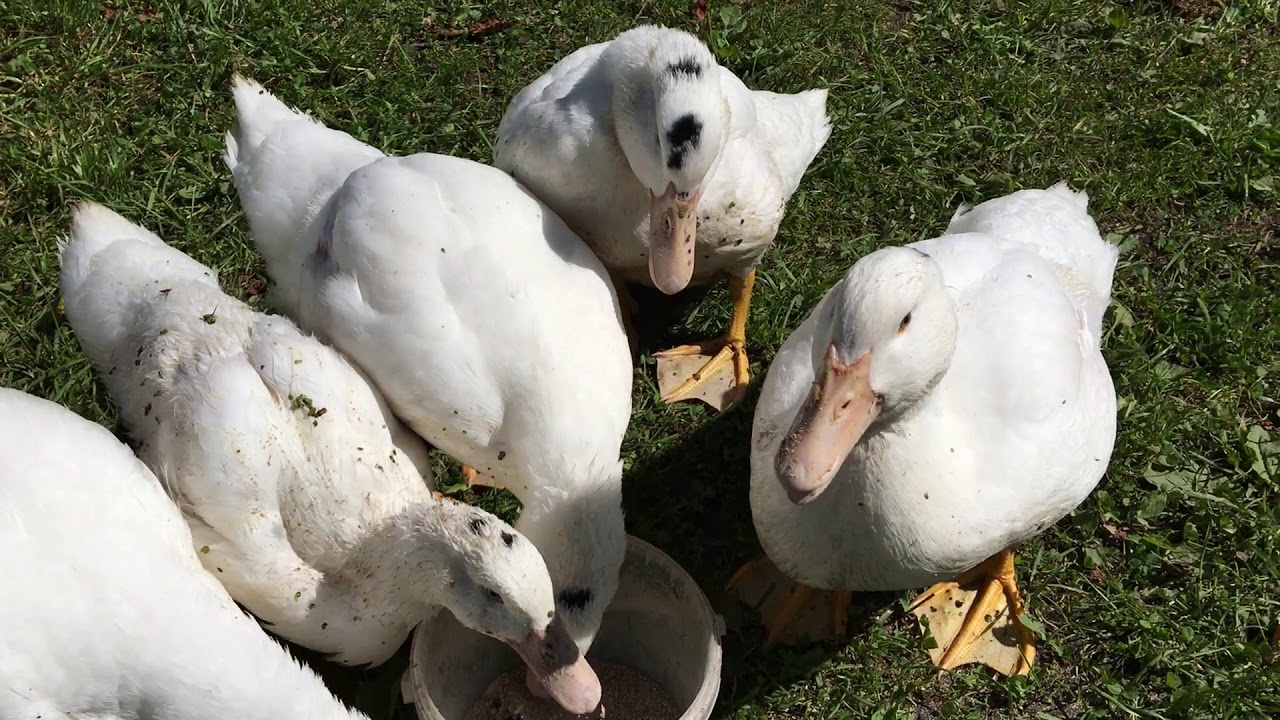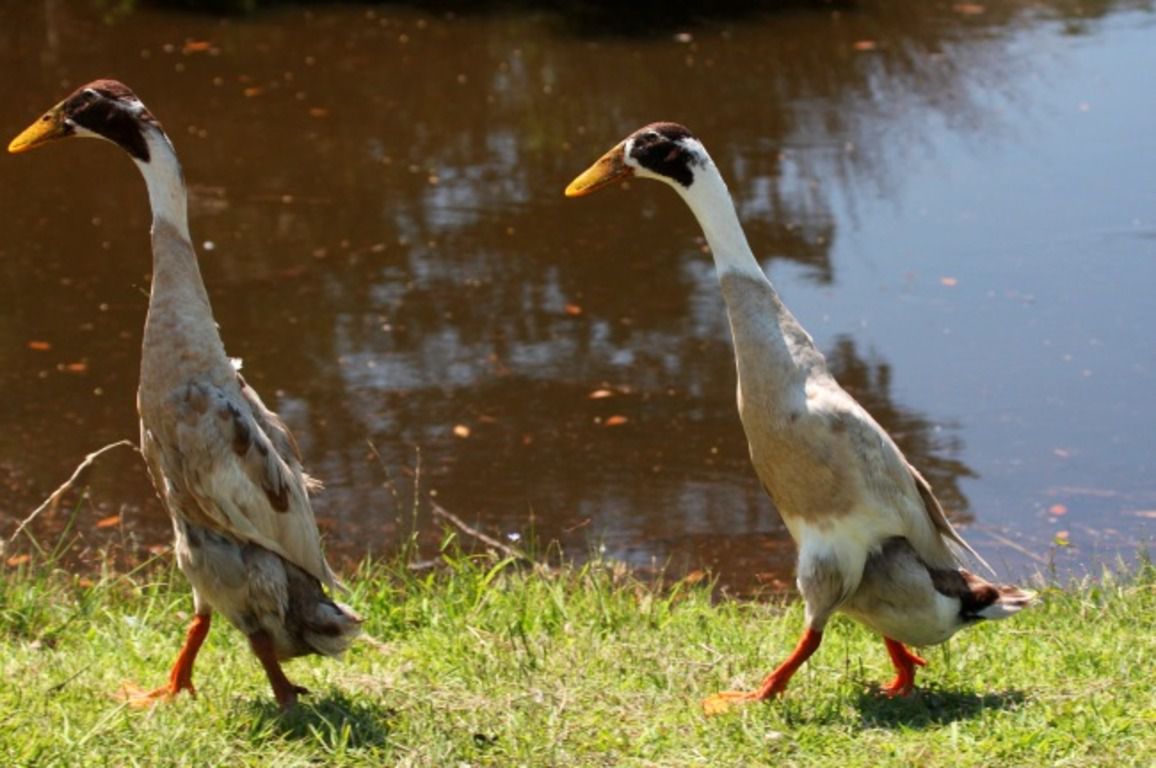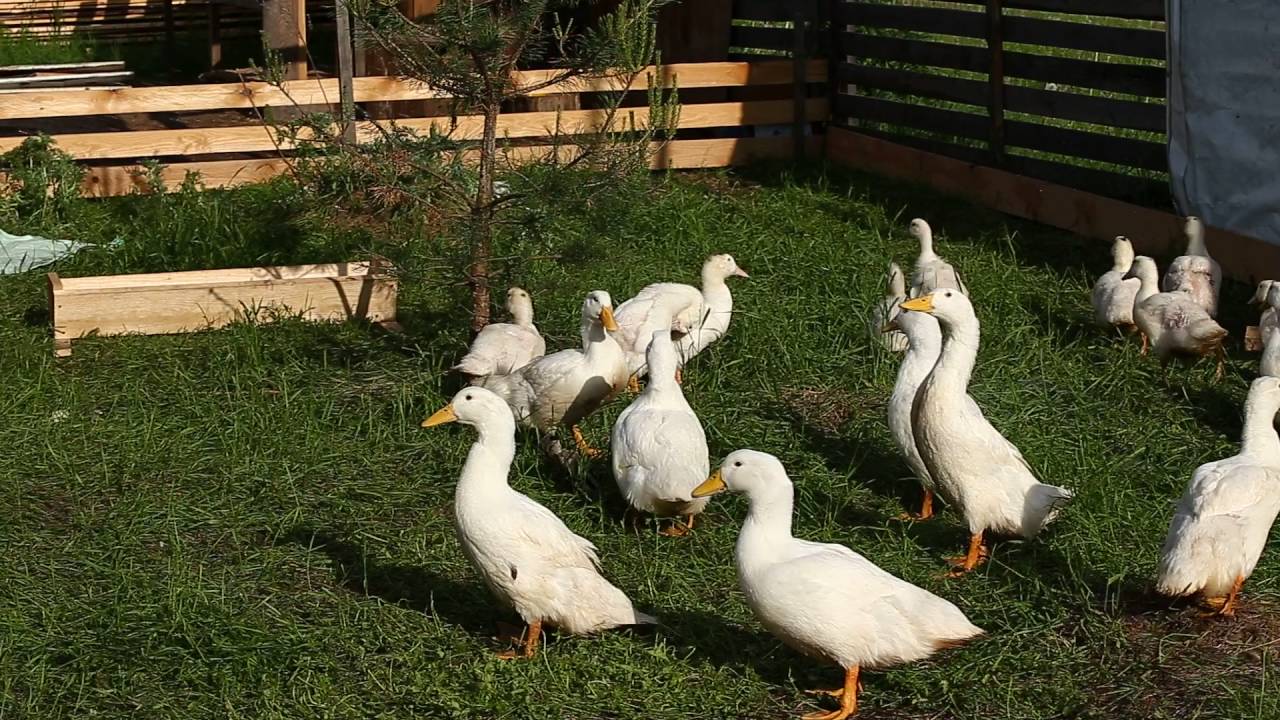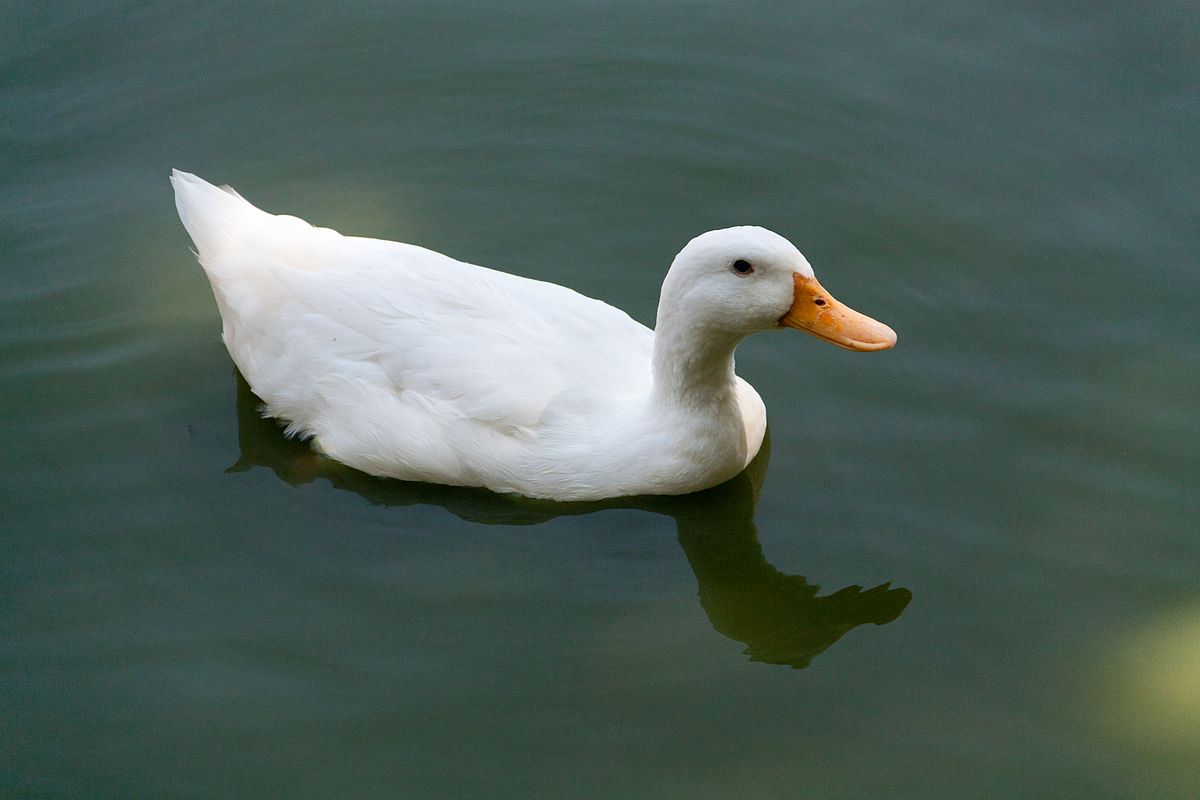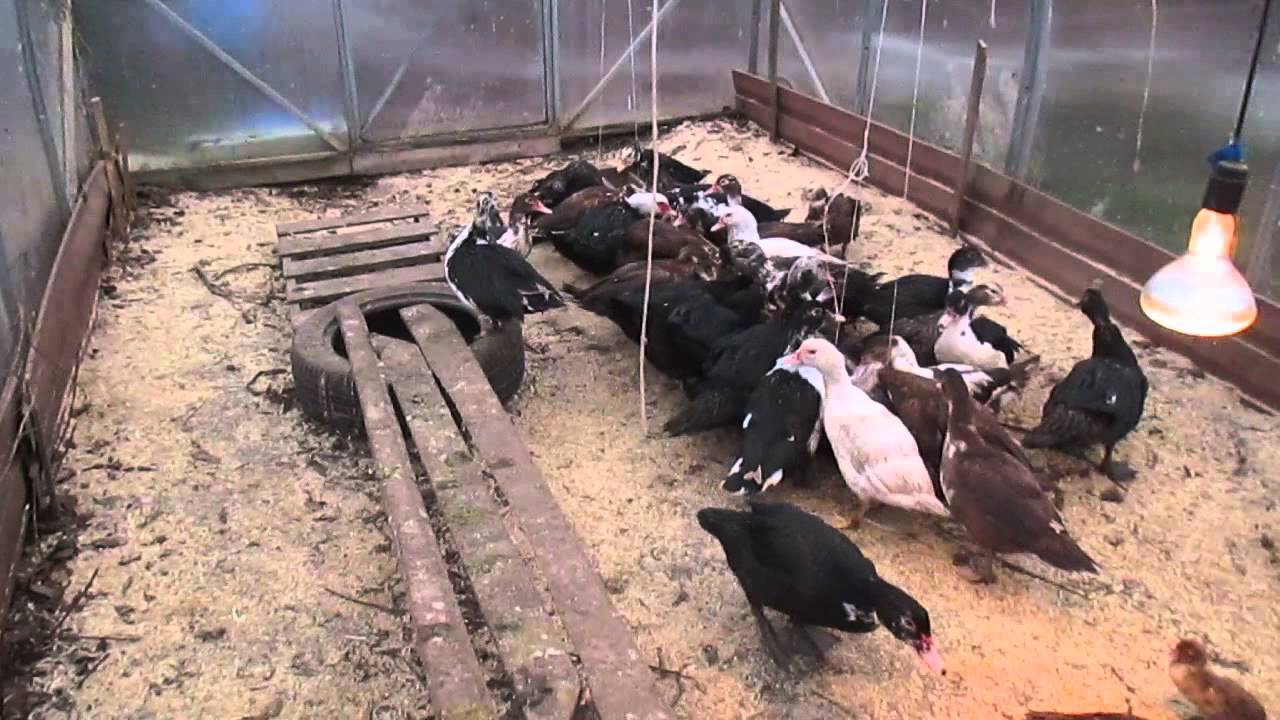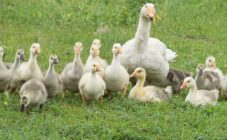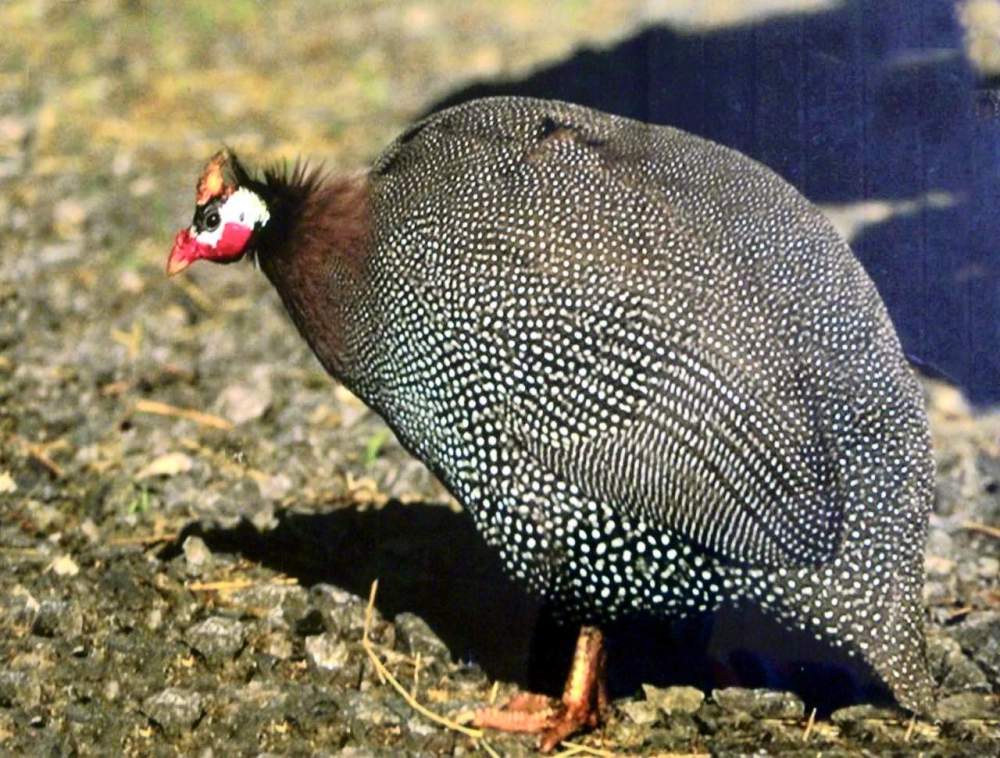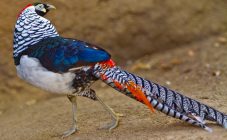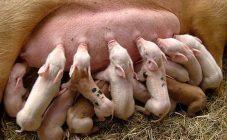Content:
Ducks are considered one of the most hardy and unpretentious birds. Even a beginner in this business can cope with their breeding. However, a person planning to purchase such birds must first learn how to keep ducks correctly. If all the subtleties of the case are observed, then a profitable business can turn out. The advantage of the business is waste-free production. Ducks produce tender meat, nutritious eggs, warm fluff, and the dung is used as fertilizer.
Where to begin
First you need to decide on the number of individuals. This should be the starting point for equipping or building a poultry house. Its size should be such that the birds feel comfortable. So, one square meter can accommodate two adult ducks and one drake. When it comes to ducklings, then one square meter is allocated for 5 babies. But don't make the house too spacious. The birds will quickly freeze there.
The poultry house can be equipped near a private house or summer cottage. The main condition is that it is important to place the building at a distance of at least 25 meters from residential buildings. This is required by law. The reason is that ducks make noise, and also an unpleasant smell often emanates from their house.
Next, you should take care of the feeders and drinkers. These devices must be stable and not topple over. In addition, they must have bumpers so that the birds do not walk on the stern. If at the feeders it is enough to make the sides of 3-5 cm, then at the drinkers they are made about 10-15 centimeters. This way the ducks will get drunk, but they won't put a lot of dirt into the water.
Breed selection
Another important point from which to start breeding ducks is choosing the right breed. There are quite a few breeds of these birds. Each of them has its own merits. The breeder chooses the breed depending on the breeding purpose.
Common breeds:
- Indoor women;
- Peking breed;
- Mulard;
- Agidel;
- Indian runner.
Indo-women
Another name is musky. A distinctive feature is the growths of scarlet and dark red on the head in the beak area. Because of him, many believe that this bird is a relative of the turkey. But these are just rumors. The bird is raised for meat. The meat is tender, dietary. A musky drake weighs about 4-5 kg at 2.5 months. Duck - 2-3.5 kg. Also, the breed is grown to create a parent herd. Females have a maternal instinct and are happy to hatch eggs. The advantage of the view is the voicelessness. Indo-girls do not make loud sounds.
Peking breed
This species resembles a goose. The color of the duck feathers is completely white. The breed is meat. The drake weighs about 4-4.2 kg, the duck 3.5-3.9 kg. The meat is tasty, fatty. Peking birds fly well. Each female produces 120-140 eggs per year. Breeding Peking ducks is not difficult. They are not picky. The downside of the breed is that Peking ducks, like musky ducks, can fly. Therefore, in the spring they need to clip their wings.
Mulard
It is a hybrid breed resulting from the fusion of Indo-Duck and Peking Drake. The resulting duck took the best from the parents. The birds are growing fast. At 2 months, a drake can weigh about 4 kg. The peculiarity of the breed is its elongated neck and black and white coloration. Drake can trample a duck, but they do not produce offspring. Mulard is a hybrid, and because of this is sterile.In order to grow this breed, every time you have to buy small ducks.
Agidel
These are meat broilers. It is easy to grow the breed, since each duck gains weight well, regardless of the conditions of detention. Agidel runs perfectly. It produces 230-255 quality eggs per year. Among the characteristic features are white color, unpretentiousness to food, activity, good immunity.
Indian runner
The most unusual of the listed breeds. With their elongated dense body, the birds resemble penguins. Ducks run without spreading their wings. They love to swim. They need a pond or any other body of water. Usually the keeping of Indian slider ducks involves obtaining eggs. Each female lays up to 270 eggs per year. By weight, the runners are small - about 1.5-2.3 kg. Very little meat is obtained, but it is very tasty, odorless, considered a delicacy.
Building a poultry house
Keeping ducks at home for beginners should start with the construction of a poultry house. If there is a summer cottage, then a structure for ducks can be erected on a garden plot. It will consist of a small building-house and a fenced area where birds will walk.
It is important to build a poultry house 20-35 cm above ground level. This will prevent the birds from freezing and moisture will not accumulate in the house. In addition, rodents will not get there.
A small hole is made for the entry of the ducks. A bridge is brought to it for the convenience of birds entering the house.
The poultry house itself is a compact frame structure. Sheathed it with sheets of plywood, insulated with foam or other insulation. The height of the house should be low - 1.5 meters is enough. Ducks do not perch like chickens. They live only in the lower tier. Therefore, the nests are installed on the floor, in secluded corners.
A duck's nest is a straw-shaped space for warmth. This could be an old basket or a box with low sides. Several nests need to be installed in the house. Ducks will lay eggs in them. If you intend to breed a parent flock, then the nests for incubation of eggs must be made separately. Nests where ducks lay eggs are not suitable for incubation.
To keep a duck that sits on eggs, a nest should be made from a covered box or large box. Thus, the duck will not be disturbed by other inhabitants of the house. The main thing is that a human hand can penetrate into the nest. This will allow the farmer to pick or lay eggs.
Making the floor in the house is a responsible task. It is best made of concrete, because the piece of wood absorbs waste and rots. Place a 20 cm layer of straw or sawdust on the floor. It is allowed to lay out sawdust, and straw on them. If it is winter outside, then peat or moss is placed under the litter for warmth. The litter is changed every other day.
It is imperative to provide ventilation in the house, that is, a small window or several of them. They are equipped under the ceiling.
If it is supposed to keep birds only in the summer season, then polycarbonate is suitable for making a house. A cage is suitable for keeping small ducks. However, then they still have to go through to settle in the house.
Walking ducks
As for the fenced area near the poultry house, through which ducks can walk, it is also made small. This is a kind of cell enclosure made of a metal net. It's easy to make. Logs are driven along the perimeter, onto which a net is nailed. The height of the structure should be about 2 meters. This will prevent ducks from flying over the fence.You can stretch the mesh from above, you get a kind of ceiling that lets in light. If there are less than 2 dozen birds, then the optimal area of the corral is 5-10 square meters.
It is very good if there is a duck pond next to the bird house. These birds love to swim, and for them a lesson on the pond will be a positive moment of the day. Little ducklings should also walk separately.
It is customary to let the ducks go for a walk after 10 am. Since before this time, females lay eggs. To drive them back should be in the late afternoon. It is best if ducks can enter the house directly from the pen. Thanks to this, they will be able to hide from the weather. There should be drinkers and feeders in the outdoor paddock, into which the owner puts fresh cut grass at will.
Feeding
Breeding ducks at home means describing bird feeding in detail for beginners. Ducks are quite voracious. They eat a lot and practically everything. They like both grass and meat, fish, waste, grain. If it's summer outside, then feeding should be organized twice a day: in the morning and in the evening. The rest of the time, while it is light outside, the birds will be able to walk in the open air, pick grass, dig in the ground, and get food from the pond.
In the morning, birds are usually given a mash of vegetables, fish or bone meal, herbs, boiled meat, and bran. In the evening, it is recommended to feed with compound feed or regular grain (oats, corn, wheat, barley are suitable).
Crushed shell and chalk must be present among the required nutrients.
Ducklings and adults are given vitamin supplements:
- Get rich;
- Sun;
- Siberian courtyard, etc.
Birds must have fresh water.
How long do ducks grow with proper feeding? Meat breeds gain weight quickly, which is why they are raised for meat. For 60-80 days, a small duck turns into a well-fed individual, weighing 2.3-3.5 kg.
Bird care
Ducks are quite undemanding and do well in different conditions of detention. But this does not mean that a person should not pay attention to birds.
Caring for birds means providing comfortable conditions:
- Drafts, too high or too low temperatures in the house should not be allowed.
- A good owner will never overpopulate the house.
- Ducks should be cleaned in a day or two. The room that serves as a home for the birds must be clean. During cleaning, the litter is changed. If there is a lot of waste products on the floor, they are thoroughly cleaned out. After that, a new portion of straw, hay or leaves, sawdust is placed.
- Food should be of good quality. Vitamins are added to the diet for health.
- It is unacceptable to feed pets with expired or spoiled food.
- The water is sure to change every day. The stale water in which the debris floats causes poisoning in drakes, ducks and young animals.
Only if all these conditions are met can diseases and falling birds be avoided. It is important to comply with the conditions due to the fact that some of the ailments are not treated. The bird will have to be killed. Because of this, it is best to avoid health problems in birds.
Among the diseases that can catch ducks due to lack of proper care are the following:
- Hypovitaminosis;
- Stomatitis;
- Salmonellosis;
- Peritonitis;
- Non-infectious enteritis, etc.
Hypovitaminosis is treated by adding foods containing vitamins to the diet. It is recommended to transfer the ducks to industrial balanced compound feed. They have all the necessary elements and vitamins. In the fight against stomatitis, an antiseptic will help, with which the pharynx is washed. Salmonellosis is considered an infectious disease. When it appears, it is recommended to dispose of the birds. Peritonitis is not treatable. The ducks are slaughtered. With non-infectious enteritis, sick individuals should be given a manganese solution to drink.
Parasite treatment
Parasites are considered another misfortune of birds. Young and adult birds should be worm-driven. Preparations are suitable:
- Febtal;
- Alben;
- Pirantel;
- Piperazine, etc.
Keeping ducks in winter
In the cold season, the frequency of feeding individuals should be increased up to 3-4 times a day. The temperature in the house must not be lower than +5 degrees Celsius, otherwise the ducks will freeze. In winter, peat is placed under the litter. Birds should not sit without light. Therefore, every day they turn on the light in the morning, turn off the lamp only in the evening.
It is recommended to let the ducks go for short walks on windless days, when it is not very frosty outside. To prevent birds from frostbite on their legs, walking in the snow, wooden flooring is placed on the snow. Ducks will be able to walk on them and not catch cold.
Useful Tips
- If a novice farmer decided to maintain a parent flock, then there should be 3-5 ducks per drake.
- Meat breeds are slaughtered 2-2.5 months after birth. If you wait a little, then molt will begin, and the meat will lose some of its flavor characteristics. In addition, the duck loses weight during molting.
- For 1.5-2.5 weeks before slaughter, the birds begin to feed the most intensively. To gain muscle mass, beans, cottage cheese, and boiled potatoes are added to the diet. At this time, the activity of living creatures should be limited.
- Do not feed fish or fish meal before slaughter. This can affect the smell of meat.
- Moving ducks from one house to another is not allowed. This makes them stressful.
- Experienced farmers advise sticking to a daily routine. Otherwise, the birds may stop laying eggs, their immunity will decrease.
A duck breeding business can only be successful with the right approach. In addition, before raising ducks, the farmer must decide for himself whether he can provide proper care for these living creatures. Ducks, like other birds, do not tolerate cruelty. Birds respond to care from their host. They will be healthy and well-nourished only if they are given proper attention.
